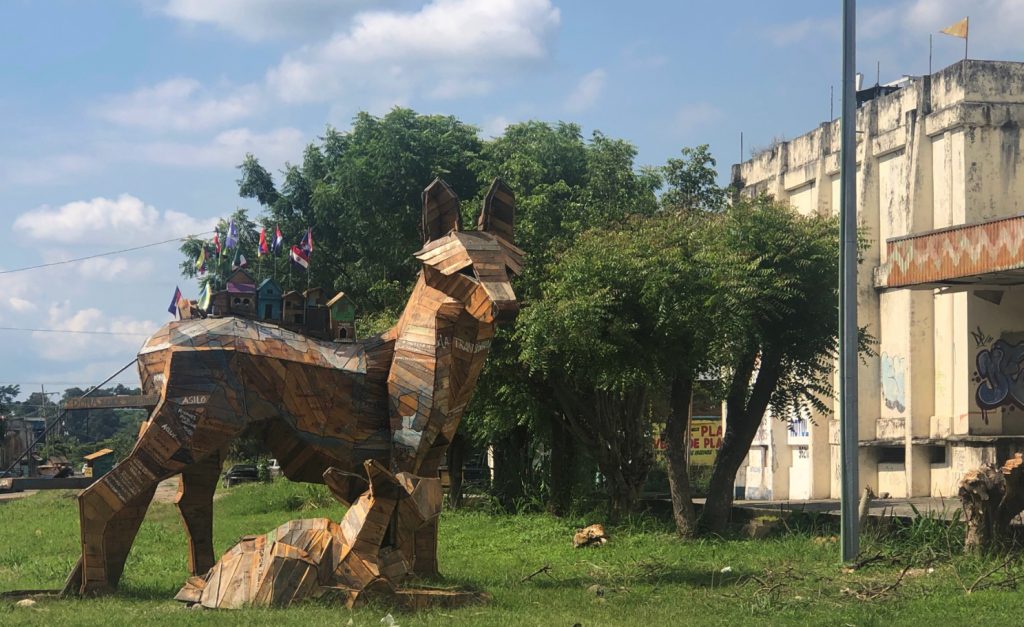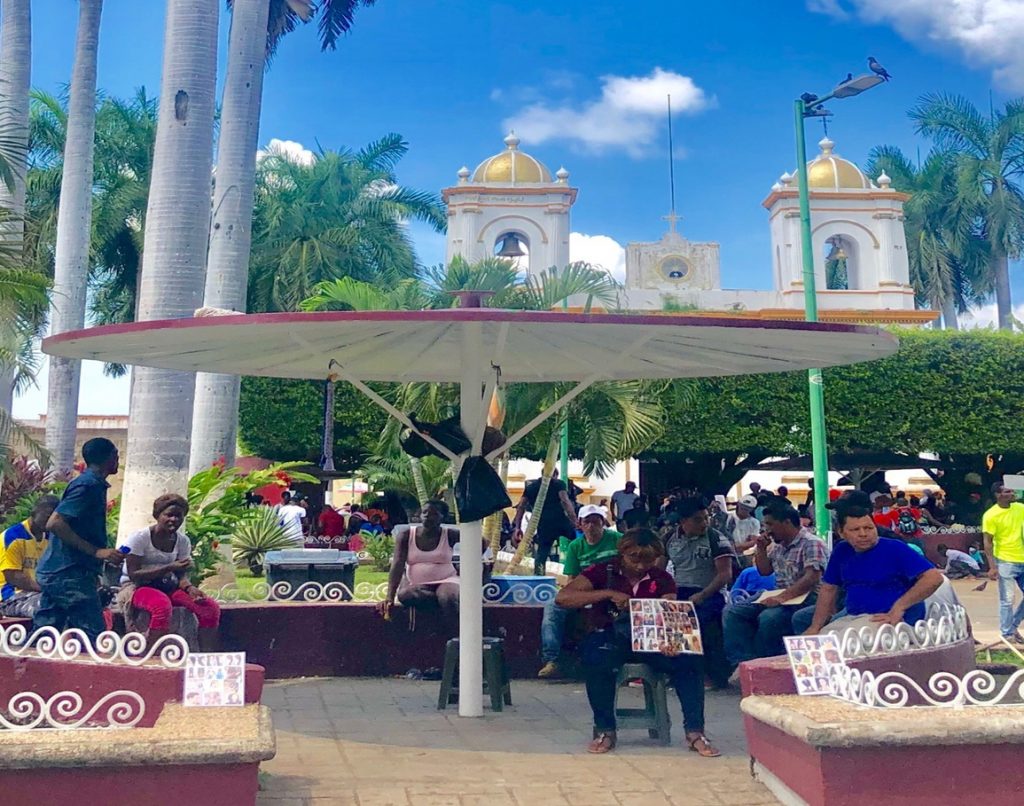Talia Mills 2019 Field Report
Talia Mills, PhD Student, Department of Geography, King’s College London
Project: Gender Based Violence Induced Displacement Among Central American Adolescent Girls in Mexico
My postgraduate research examines both the conceptual and empirical relationships between gender based violence and displacement among Central American adolescent women who are on the move in Mexico. Increasingly it has been reported that sexual and gender-based violence is a main factor in women’s decisions to move. The correlation between transnational mobility and gendered violence becomes evident when considering the realities that women and girls from Central America face every day. For example, Honduras, Guatemala and El Salvador, have the highest levels of violence against women in the world, apart from those countries in zones of declared armed conflict. Both young migrant women’s gender and age render them in a particularly unique position in their displacement process in Mexico that needs further consideration. In order to do so, my field research seeks to speak to young women at various points along their displacement journey in Mexico, including Tapachula, Chiapas and the outskirts of Mexico City.

The CLAG Field Study Award has been essential in helping me initiate my investigations by enabling me to travel and move to Tapachula, Chiapas, the Mexican border city with Guatemala, where I have been based as of October 2019. I have begun to volunteer at a grassroots organization, Iniciativas para el Desarrollo Humano, that serves youth and adolescents in accessing their human rights. This work includes the diffusion of information and support to migrant youth who are in Tapachula. This has enabled me to get involved in migrant activist work on the ground while gaining greater insights of the current context. Additionally, I have been able to conduct some initial key informant conversations as well as participant observation.
Upon arriving in Tapachula, there have been two major findings that will influence the ways in which I continue and move forwards with my field research. The first being, that La Bestia, the train which migrants ride through Mexico no longer leaves from Tapachula. It leaves further north in the state of Chiapas from a city called, Arriaga. However, Tapachula still remains a strategic location to conduct this field research, as the detention center Siglo XXI, one the largest detention centers in Latin America is based here, as well as a plethora of international organizations and NGOs.1
The second major finding relates to the context and characteristics of displacement at this point on the border. In the past year, the ‘migrant caravan’ has dominated migration issues in the region. More specifically, the agreement signed between Trump and Mexico’s president, AMLO, this past summer in order to stop these flows has greatly impacted what currently exists in Tapachula. This agreement has led to what some have described as migrants being ‘trapped’ in Tapachula, awaiting documentation that either enables them to travel through Mexico or documentation for refugee status. The central square, Parque Miguel Hidalgo, is filled with migrants daily, waiting for the outcomes of these processes. The shelters are all at capacity and many migrants have set up camp with tents outside the detention center also waiting to have an outcome of their case.

What has been most notable are the amount of displaced individuals from around the world that make up the current demographic of people in Tapachula. This includes communities from Cuba, African countries such as Cameroon and Uganda, Haiti, and most recently some people from the Middle East. While I have been told that migration in Tapachula is constantly in flux, the diverse makeup of the displaced population that are in the region has catalyzed a reworking of my field of study to more broadly consider adolescent women as opposed to solely focusing on those from Central America.
It is through CLAG’s support of my first month in Tapachula that has enabled me to refine and reconsider this research and gain a deeper understanding of the context of displacement in this location, for which I am truly grateful.
Please see the full report for more details.


















